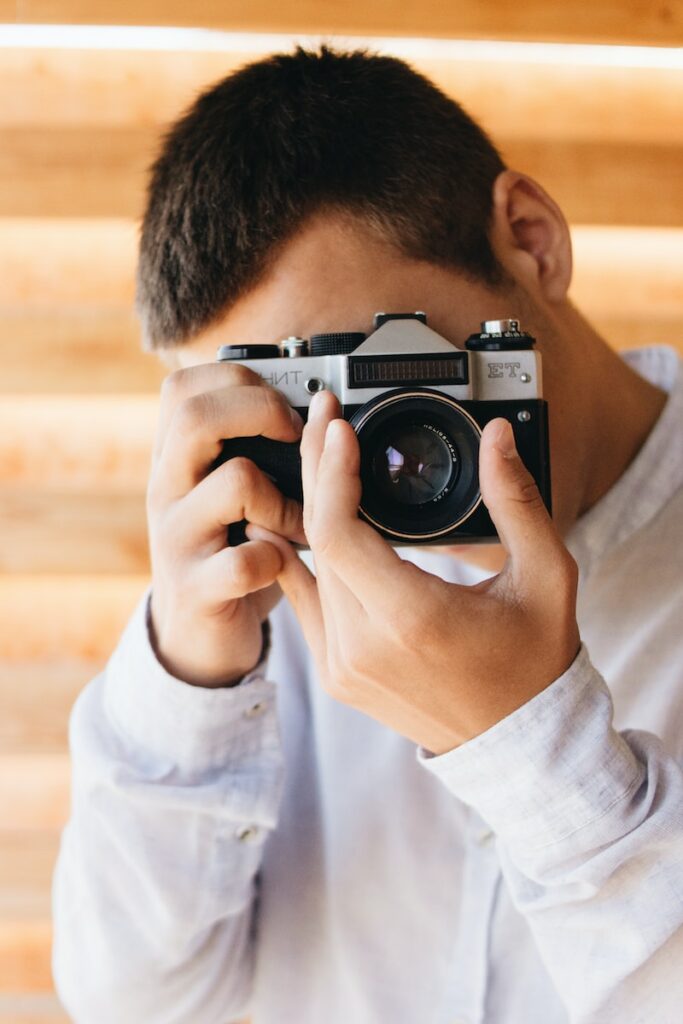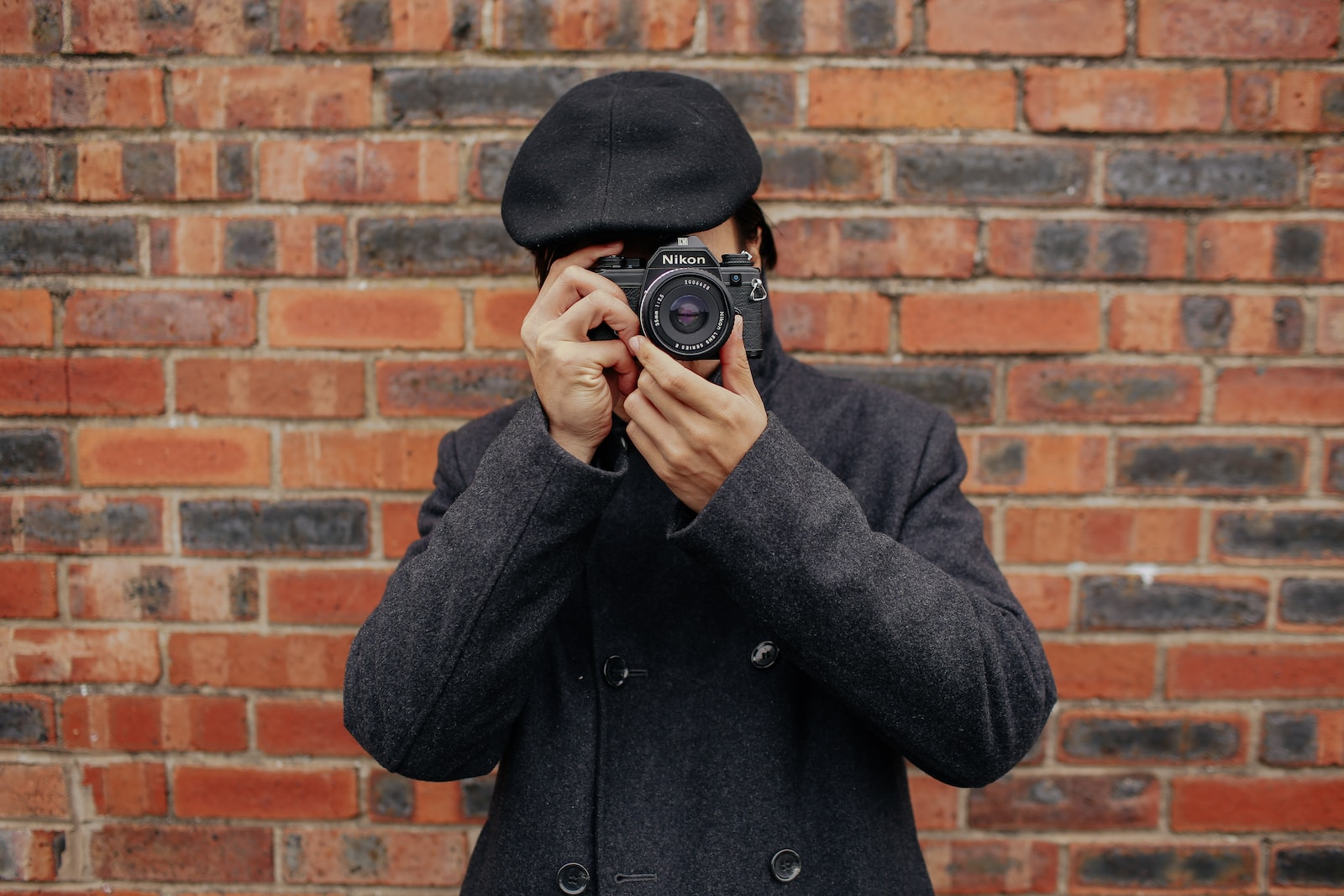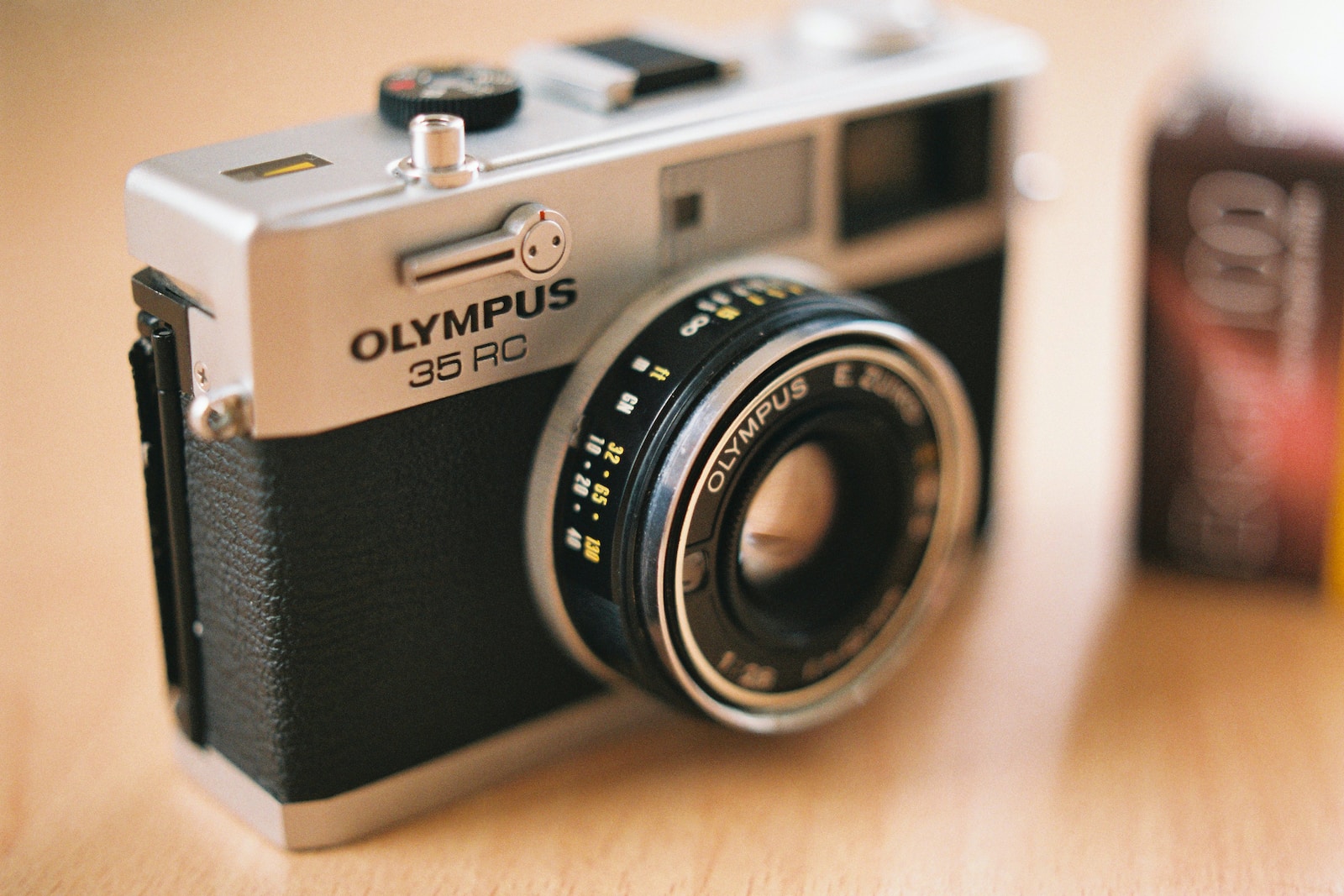Are you intrigued by the world of manual focusing and rangefinder film cameras? If so, you’ve come to the right place. In this blog, we will delve into the art of manual focusing and explore how the distinct manual focusing system of a rangefinder film camera can enhance your photography results. From understanding the techniques to utilizing the right equipment, join us on this journey to unlock the true potential of manual focusing and rangefinder film cameras.
Table of Contents
- The Art of Manual Focusing: Rangefinder Film Cameras
- A Relevant Case Study: Overcoming Challenges with Manual Focusing
- Frequently Asked Questions
- 1. What is manual focusing in photography?
- 2. How does manual focusing work in a rangefinder film camera?
- 3. What are the advantages of using manual focusing with a rangefinder film camera?
- 4. Are there any specific photography techniques for using manual focusing?
- 5. Can I use manual lenses on digital cameras for manual focusing?
- 6. How does manual focusing contribute to the overall artistry of a photograph?
- Wrap Up
The Art of Manual Focusing: Rangefinder Film Cameras
Understanding Manual Focusing
Manual focusing is a skill that allows photographers to take control of their images. It involves manually adjusting the lens to achieve the desired sharpness and focus. Unlike autofocus systems found in modern cameras, manual focusing requires intuition and precision. Rangefinder film cameras are renowned for their superior manual focusing capabilities, making them a favorite among photography enthusiasts.
Why Choose Rangefinder Film Cameras?
Rangefinder film cameras offer a unique photography experience that cannot be replicated by digital or autofocus cameras. These mechanical marvels provide a tactile and immersive way of capturing images. The combination of manual focusing, high-quality lenses, and the iconic “rangefinder patch” enables photographers to achieve unparalleled sharpness, depth, and detail in their shots.
The Advantages of Manual Focusing
Manual focusing empowers photographers to have complete control over the creative process. By manually adjusting the focus, photographers can selectively bring certain elements of the frame into sharpness, creating a visually striking composition with distinguishing depth. Manual focusing also allows photographers to work efficiently in challenging lighting conditions or with subjects that challenge autofocus systems, such as low-contrast scenes or moving subjects.
Techniques for Manual Focusing
To master manual focusing, it is essential to familiarize yourself with various techniques. These techniques, when employed correctly, can significantly enhance the accuracy and speed of your focusing. Some common techniques include split-image focusing, zone focusing, and hyperfocal focusing. Experimenting with these techniques will help you find the approach that best suits your style and shooting conditions.
Choosing the Right Lens
The lens you choose for your rangefinder film camera plays a crucial role in the manual focusing process. It’s vital to select lenses known for their smooth and precise focusing mechanisms. High-quality prime lenses with wide maximum apertures offer better control over the focus and depth of field. Additionally, consider lenses with distance scales and depth of field indicators, as they assist in achieving accurate focus.
Practice and Patience
Becoming proficient in manual focusing requires practice and patience. Remember that it is a skill that improves over time. Regularly engaging with your rangefinder film camera and experimenting with different subjects, lighting conditions, and techniques will sharpen your focusing abilities. Embrace the process and be willing to learn from both successful shots and those that may not turn out as expected. Mastery of manual focusing is a rewarding journey.
Did you know that some rangefinder film cameras have interchangeable viewfinders, allowing photographers to switch between different magnifications and framelines?
The art of manual focusing with rangefinder film cameras offers a truly immersive and rewarding photography experience. By understanding the techniques, choosing the right equipment, and practicing diligently, you can elevate your photography to new heights. Embrace the simplicity and elegance of manual focusing, and let your creativity shine through each carefully composed shot. Start your journey today and experience the magic of rangefinder film cameras.
A Relevant Case Study: Overcoming Challenges with Manual Focusing
As a photographer, I have always been drawn to the art of manual focusing and the unique characteristics it brings to my images. One particular challenge I faced was when I decided to experiment with a rangefinder film camera for the first time. In this case study, I will share my experience and the techniques I utilized to overcome the challenges of manual focusing with this type of camera.
Understanding the Rangefinder Film Camera
Before diving into my personal journey, let’s briefly explore what makes a rangefinder film camera different from other types of cameras. Unlike a traditional single-lens reflex (SLR) camera where the lens and viewfinder are interconnected, a rangefinder camera uses a separate optical system for focusing. This unique design allows for accurate manual focusing, ensuring precise and sharp images.
Challenges with Manual Focusing
When I first got my hands on a rangefinder film camera, I was excited to try out manual focusing and explore the possibilities it offered. However, I soon realized that mastering this technique required patience, practice, and a few adjustments in my approach.
One of the main challenges was getting used to the split-image rangefinder focusing system. This system works by overlaying two slightly offset images in the viewfinder. As you rotate the focusing ring, the two images align, indicating that your subject is in focus. At first, I found it difficult to precisely align the two images, resulting in misfocused shots.

Techniques to Overcome Manual Focusing Challenges
Through trial and error, I discovered a few techniques that helped me overcome the challenges and make the most of manual focusing with a rangefinder film camera:
- Practice, Practice, Practice: Like any skill, manual focusing requires practice. I dedicated time to familiarize myself with the rangefinder mechanism and practiced adjusting the focus until I could align the split images effortlessly.
- Composition and Depth of Field: Manual focusing allowed me to pay close attention to the composition and depth of field of my images. By manually adjusting the focus, I could highlight specific elements within the frame, resulting in more intentional and impactful photographs.
- Take Your Time: Unlike autofocus systems that rapidly lock onto a subject, manual focusing requires patience. I learned to slow down and carefully adjust the focus, ensuring every detail was captured as I envisioned it.
- Utilize Distance Scales: Rangefinder film cameras often feature distance scales on the lens barrel, indicating the approximate distance to the subject. This proved invaluable when shooting in low-light situations or situations where the subject was difficult to visually focus on.
The Benefits of Manual Focusing
Despite the initial challenges, mastering manual focusing with a rangefinder film camera has brought numerous benefits to my photography:
- Enhanced Creativity: Manual focusing allows for precise control over the focal point, empowering me to create images with a distinct creative vision.
- Improved Image Quality: The precision of manual focusing ensures optimal sharpness and clarity in my photographs, resulting in stunning, high-quality prints.
- Increased Focus on Technique: By relying on manual focusing, I have become more aware of my technique, honing my skills and becoming a more proficient photographer overall.
Embracing manual focusing with a rangefinder film camera has been an enlightening journey for me. Although there were challenges to overcome, the benefits I have gained make it all worthwhile. Whether you’re a seasoned photographer or new to manual focusing, I encourage you to explore the world of rangefinder film cameras and discover the unique artistry this technique can unlock.
Frequently Asked Questions
1. What is manual focusing in photography?
Manual focusing refers to the process of adjusting the focus of a camera lens manually, as opposed to relying on autofocus capabilities. It gives photographers greater control over focus accuracy and allows for more creative expression.
2. How does manual focusing work in a rangefinder film camera?
Rangefinder film cameras utilize a unique focusing system that involves aligning two images in the viewfinder to achieve focus. By adjusting the lens focus ring, the photographer matches the split images until they merge into one, indicating proper focus.
3. What are the advantages of using manual focusing with a rangefinder film camera?
Manual focusing with a rangefinder film camera offers several benefits, including:
- Accurate focusing control for precise composition
- Enhanced depth of field understanding
- Quieter operation compared to autofocus systems
- Ability to focus in low light situations
4. Are there any specific photography techniques for using manual focusing?
Yes, there are various techniques that can help improve your manual focusing skills with a rangefinder film camera. Some tips include:
- Using a small aperture to increase the depth of field
- Bracing yourself and the camera to minimize camera shake
- Using the distance and zone focusing methods for faster shooting
- Practicing focusing on moving subjects to improve accuracy
5. Can I use manual lenses on digital cameras for manual focusing?
Yes, many digital cameras offer compatibility with manual lenses through the use of adapters. This allows photographers to enjoy the benefits of manual focusing even on modern digital camera systems.
6. How does manual focusing contribute to the overall artistry of a photograph?
Manual focusing adds a personal touch to photographs by allowing the photographer to precisely control what elements of the scene are in focus. It enables intentional artistic decisions and showcases the photographer’s skill in visually crafting the final image.
Wrap Up
In conclusion, the art of manual focusing with rangefinder film cameras is a skill worth mastering for any photography enthusiast. By embracing this unique focusing system, you can unlock new creative possibilities and elevate your photography techniques to new heights.
Remember, practice makes perfect when it comes to manual focusing. Take your time, experiment with different techniques, and don’t be afraid to push the boundaries of your creativity.
We hope this article has inspired you to explore the world of rangefinder film cameras and manual focusing. If you have any questions or insights, feel free to leave a comment below. Let’s keep the conversation going!

